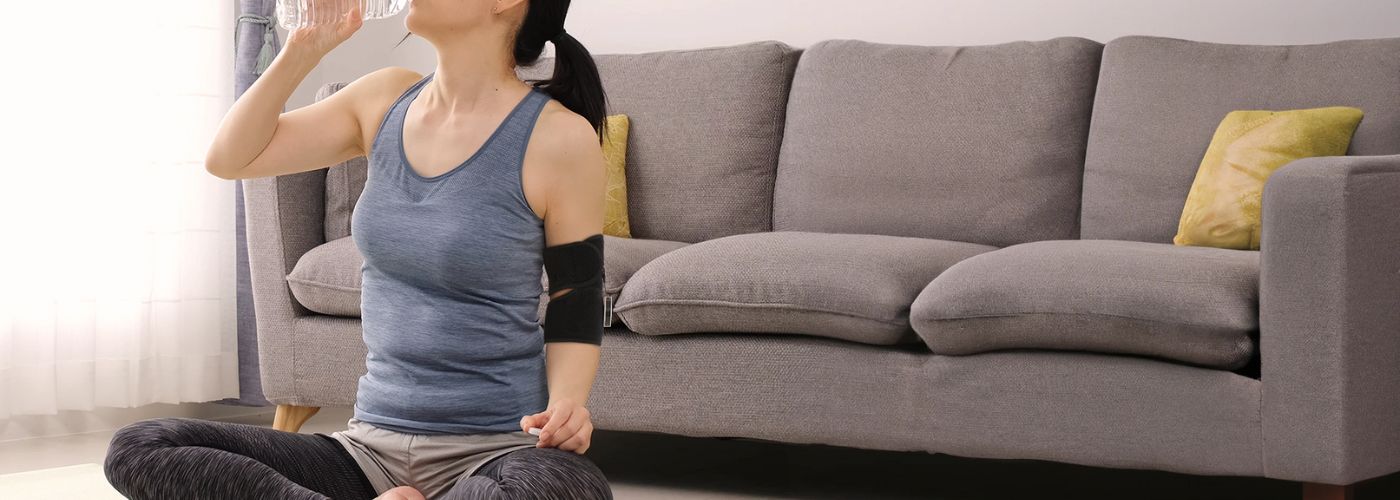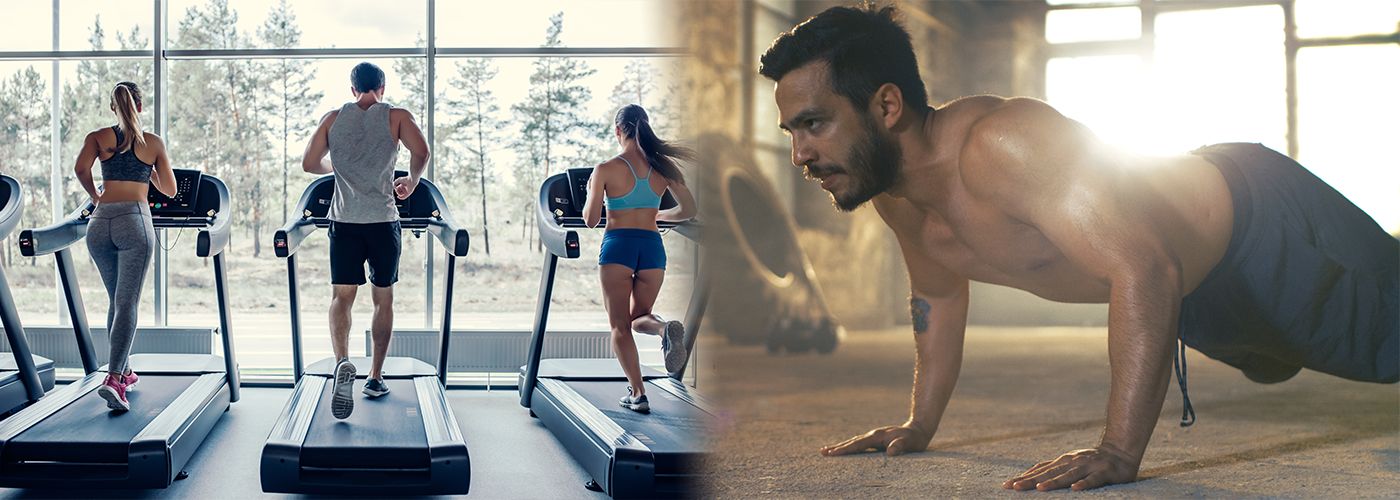.The debate between steady-state and high-intensity cardio has been ongoing since the dawn of fitness. There are pros and cons to each, but which one is better for your overall health? It can be confusing to determine what type of exercise will give you the best results. In this blog, we will be looking at the differences between steady-state cardio and high-intensity cardio and discussing which one is better.
What Is Steady State Cardio & High-Intensity Cardio

Steady-state cardio and high-intensity interval training are two of the most popular forms of exercise for people looking to become more fit and healthy.
Steady-state cardio is a form of aerobic exercise that involves continuously working at the same speed or level for an extended period. This type of exercise is great for those who want to build endurance, burn calories and improve their cardiovascular health.
High-intensity interval training (HIIT), on the other hand, is a much more intense way to work out as it involves short bursts of intense activity followed by short periods of rest.
HIIT can help improve power, strength, agility, balance, and coordination, as well as burn calories in a much shorter amount of time than steady-state cardio does. It also helps increase your heart rate quickly, so you will get more out of your workouts in less time!
Is Steady State Cardio Better Than HIIT?

High-intensity interval training (HIIT) has been heralded as the best form of exercise for health and weight loss. But does that mean steady-state cardio isn’t beneficial too?
Regular, consistent, moderate-intensity aerobic exercise is still an important part of any balanced workout routine. While HIIT may be more efficient for burning calories over a short period, steady-state cardio increases your endurance and ability to sustain longer periods of exercise.
Furthermore, steady-state cardio can help strengthen your heart and decrease the risk of chronic diseases like diabetes and stroke.
When considering which type of exercise is right for you, it’s important to think about what your primary goal is: weight loss or improved overall health. HIIT training is great for weight loss, while steady-state cardio is perfect for maintaining health.
Best Steady State Cardio Exercises

Steady-state cardio exercises, also known as low-intensity endurance training, are an effective way to increase cardiovascular performance while burning fat. If you’re not a fan of high-intensity interval training (HIIT), steady-state cardio might be the ideal exercise for you.
It is important to choose the best steady-state cardiovascular exercises for maximum results; these include jogging, biking, swimming, and rowing.
Jogging is a straightforward exercise that does not require any special equipment. It’s great for improving your aerobic fitness and can be done outside or on a treadmill.
Biking is another simple yet effective form of steady-state cardio. It engages all major muscle groups while giving your heart rate a slight increase due to its low-intensity level.
To help with recovery, consider using TENS devices. This device has been used in the medical field for many years. It’s said to boost recovery and decrease pain or soreness.
Best High-Intensity Exercises
High-Intensity Interval Training (HIIT). It is a type of exercise that combines short bursts of intense activity with short rest periods. HIIT has become increasingly popular in recent years due to its ability to provide quick and effective results. Not only does it burn more calories than steady-state cardio. It also boosts your metabolism for hours after you finish exercising.
There are a variety of exercises that can be used as part of a HIIT workout, including running, mountain climbing, burpees, and jump squats. Running and sprinting are the most commonly used exercises for HIIT because they are simple to execute and require no equipment other than a pair of sneakers. Consider wearing a knee wrap to limit the stress your knee joints may experience during HIIT exercises.
Mountain climbing targets the abdominals and upper body. While jump squats use your whole body to strengthen muscles and increase endurance.

Related Stories
How to Cope with a Sports Injury
Staying active helps your body stay strong. But sometimes, activity leads to pain, strain, or...
Jul
Red, White, and Soothe: How HiDow Helps You Recover in the Heat
Recovery that works in winter doesn’t always hold up in the heat. The body reacts...
Jul
Massage Gun Showdown: How the Power Duo Compares to Traditional Methods
Have you ever considered that a handheld device could revolutionize your muscle recovery? With the...
Jun
Fatherly Fitness Tips For Men’s Health Month
Men’s Health Month is more than a date on the calendar—it’s a call to action....
Jun
Built to Move: The Everyday Recovery Edit
Movement is what keeps us going—literally. Whether it’s recovering after a run, loosening up after...
Jun
Unlocking The Secret To Tissue Injury Recovery With TENS/EMS Devices
Have you ever wondered why some injuries take longer to heal than others? Tissue injuries...
May